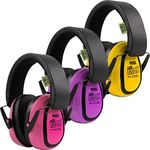Buying Guide for the Best Kids Ear Protection
Choosing the right ear protection for kids is important to keep their hearing safe in noisy environments, such as concerts, sporting events, or even during travel. Kids’ ears are more sensitive than adults’, so it’s crucial to find ear protection that is comfortable, effective, and suitable for their age and activities. When shopping, focus on how well the product reduces noise, how comfortable it is for long wear, and whether it fits your child’s head properly. Understanding the key features will help you make a choice that keeps your child both safe and happy.Noise Reduction Rating (NRR)Noise Reduction Rating, or NRR, tells you how much sound the ear protection can block out, measured in decibels (dB). This is important because it shows how effective the product is at protecting your child’s hearing in loud environments. NRR values usually range from about 15 dB to 30 dB. Lower ratings are suitable for less noisy places, while higher ratings are better for very loud situations like concerts or fireworks. To pick the right NRR, think about where your child will use the ear protection most often. For everyday noisy places, a moderate NRR is fine, but for very loud events, go for a higher NRR.
Fit and AdjustabilityFit and adjustability refer to how well the ear protection sits on your child’s head and whether it can be adjusted as they grow. This is important because a good fit ensures the ear protection works properly and is comfortable to wear for longer periods. Some products have adjustable headbands or cushioned ear cups. For younger children, look for smaller sizes or products specifically made for kids. Make sure the ear protection isn’t too tight or too loose, and check if it can be adjusted as your child grows.
ComfortComfort is about how pleasant the ear protection feels when worn. This matters because kids are more likely to keep them on if they don’t feel heavy, hot, or pinch the ears. Features like soft padding, lightweight materials, and breathable designs can make a big difference. If your child will wear them for long periods, prioritize comfort to avoid complaints or the temptation to take them off.
Type (Earmuffs vs. Earplugs)There are two main types of ear protection: earmuffs and earplugs. Earmuffs cover the entire ear and are easy for kids to put on and take off, making them a popular choice for younger children. Earplugs fit inside the ear canal and are more discreet, but can be harder for kids to use correctly. For most children, earmuffs are the better option, especially for younger ages or for those who might lose small items like earplugs.
Durability and Build QualityDurability and build quality refer to how well the ear protection can withstand regular use, drops, and rough handling. This is important because kids can be tough on their belongings. Look for sturdy materials, strong hinges, and products that can handle being bent or dropped. If your child will use the ear protection often or in active settings, prioritize durability to ensure it lasts.
PortabilityPortability is about how easy it is to carry and store the ear protection. Some earmuffs fold up for easy transport, while others are bulkier. If you plan to take the ear protection to events, on trips, or want to keep them in a backpack, look for a compact or foldable design. For home use, portability may be less important.

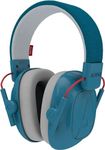
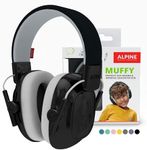
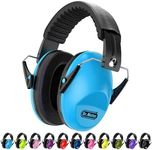
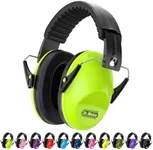
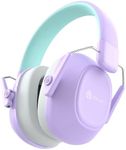
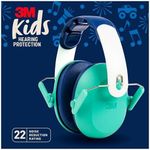

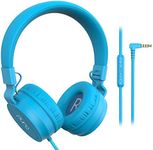
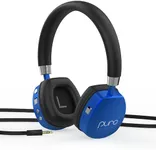

![ZOHAN EM030 [Upgraded] Kids Ear Protection Safety Ear Muffs](https://images-proxy.bestreviews.guide/MqeI6JhEch6AdktWSaUzG5-K0lY=/0x150/https://m.media-amazon.com/images/I/51Lv7SS-j9L._AC_CX679_.jpg)


